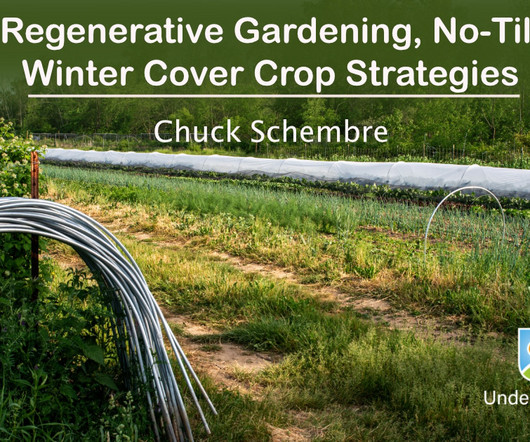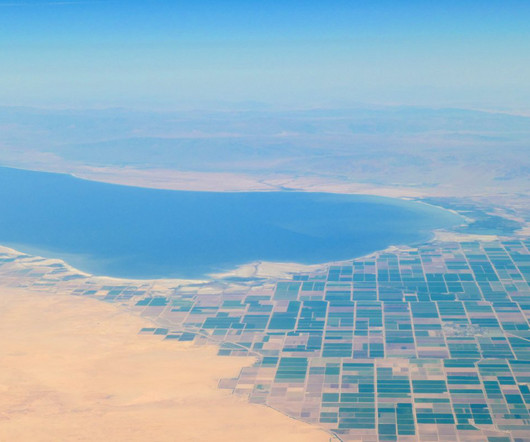Regenerative Gardening, No-Till Winter Cover Crop Strategies
UnderstandingAg
OCTOBER 29, 2023
Root crops and tuber beds are generally clean and free of residue after harvest, which make them an easy location to direct seed with any seeder, or broadcast seed, followed by applying a straw mulch. If you live in a high-rainfall climate, I recommend applying straw mulch after seeding to reduce crusting and soil loss.












Let's personalize your content